10 places in China every traveller should visit
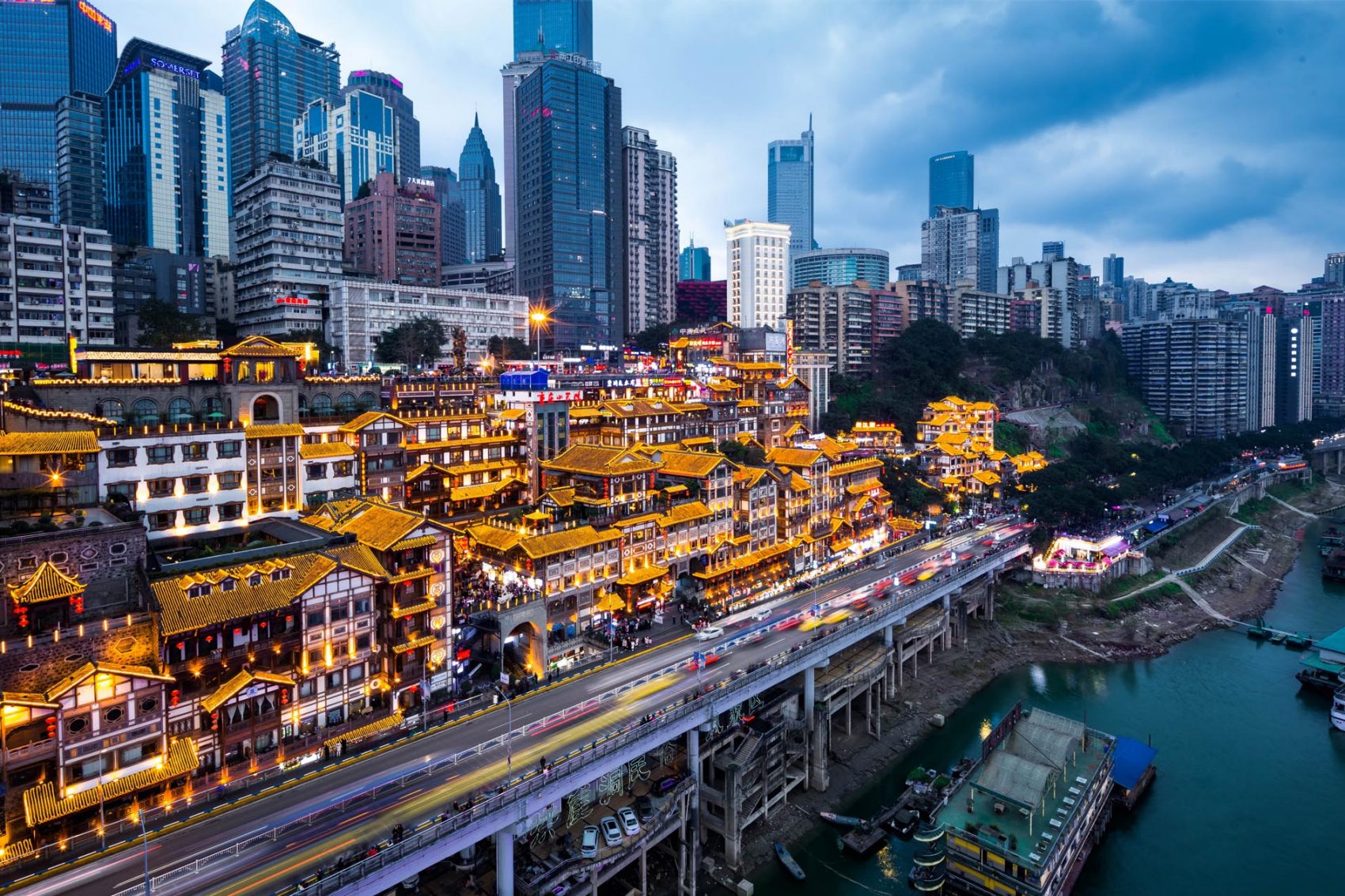
As air travel slowly resumes, we’re all thinking about our next trip. Travel bubbles and short-haul flights are going to figure big – and that puts places in China front and centre.
China offers up a fascinating variety of experiences – from wildlife to futuristic cityscapes to beach resorts and ancient culture – and there’s always something new since your last visit.
Start your travel planning here with our list of top 10 places to visit in China.

Credit: Shutterstock
1. Shanghai: For snapshots of an architectural transformation
A megacity of 24 million, Shanghai boasts some of China’s tallest buildings. Its futuristic skyline in Pudong district along the Huangpu River features Blade Runner-esque skyscrapers. There’s no better place to witness China’s architectural transformation than the observatory atop the 632-metre, twisting Shanghai Tower – the world’s second-tallest building – for a panoramic view of this vibrant city.
But it’s not all shining glass. Having served as a major trading hub since the mid-1800s, Shanghai has long been influenced by Western culture and aesthetics. This is evidenced by all the art deco buildings still standing in the city – the largest such collection in Asia. The Bund – Shanghai’s famous riverfront promenade – is home to many classic structures such as the Fairmont Peace Hotel, built in 1929. Over in the former French Concession and the Old City, you’ll find equally impressive architectural gems throughout these residential neighbourhoods.
Be sure to explore the stylish Xintiandi area, with its pedestrian lanes of shikumen, townhouses built in a traditional Shanghainese style which combines elements of Western and Chinese architecture. These days, many of them contain shops, cafes, restaurants and hotels.
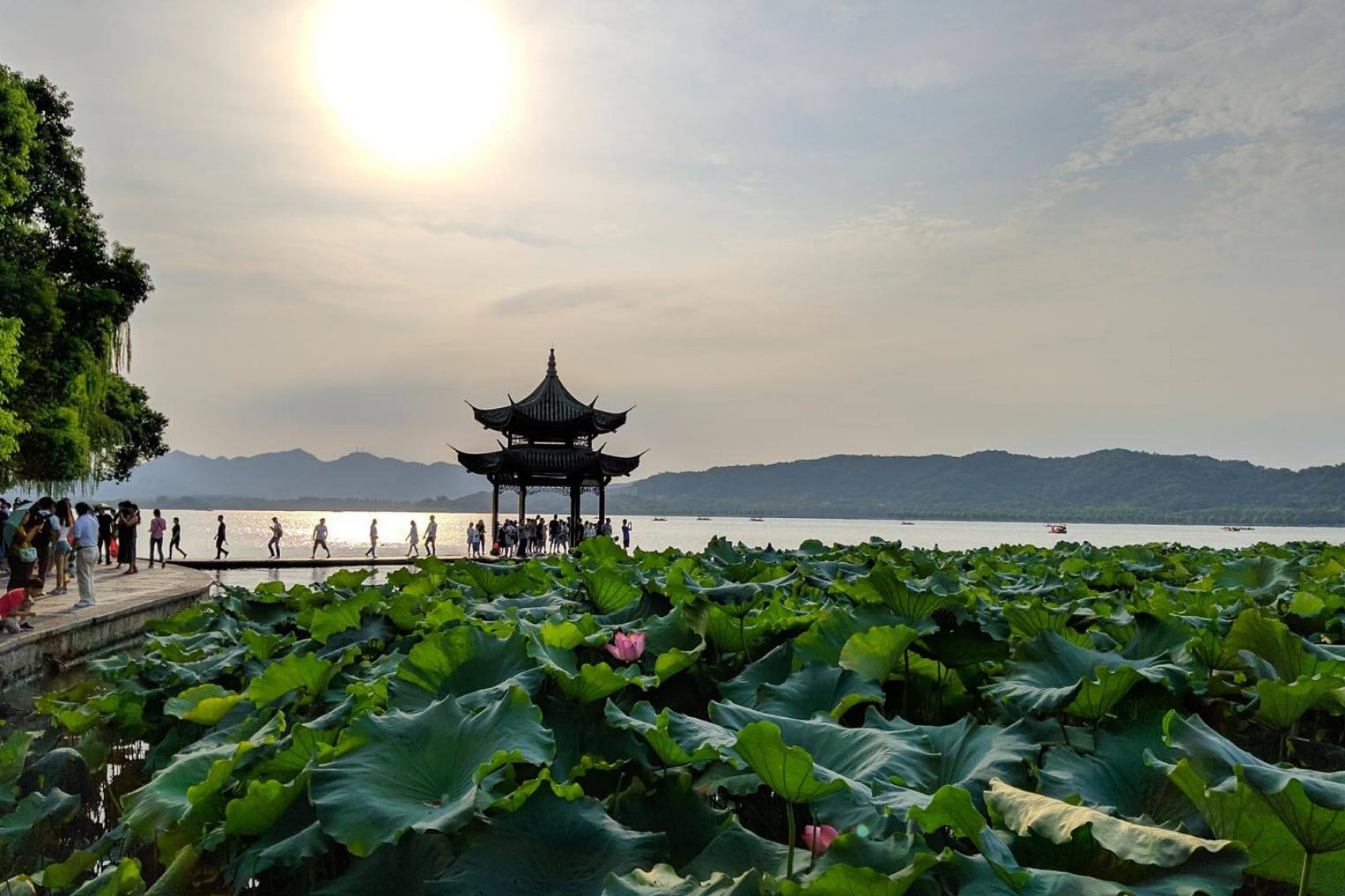
2. Hangzhou: For a scenic lake and a fine cup of tea
As the hometown of major Chinese companies like e-commerce giant Alibaba, Hangzhou has emerged as the base for many Chinese young entrepreneurs looking to become the next big name in tech. But long before the capital of Zhejiang province turned into an up-and-coming start-up hub, Hangzhou’s Unesco-listed West Lake (Xihu) inspired generations of Chinese poets and artists. Tourists flock to the iconic lake year-round to take in its picture-perfect scenery, which includes temples, pagodas and walkways over the water.
It’s also one of the most appealing places in China for tea enthusiasts who will want to spend part of their getaway in Longjing Village, located in the rolling hills of Xihu district just west of the city centre and famous for its namesake pan-roasted green tea. The high-end version is Mingqian longjing, with leaves picked during the early spring before Qingming Festival – it can cost thousands of dollars per kilogram.
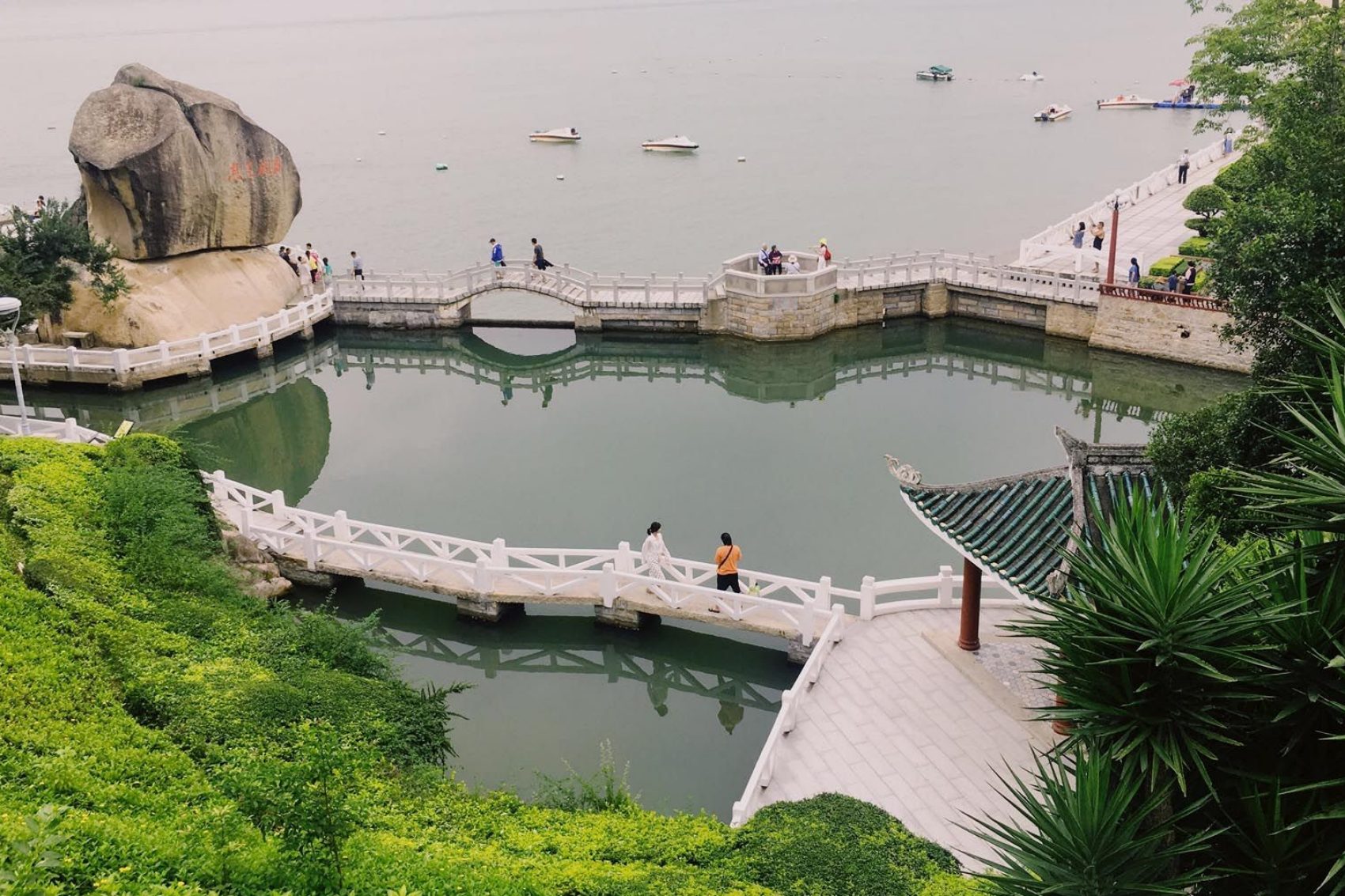
3. Xiamen: For a European vibe by the sea
The coastal city of Xiamen in Fujian province has been an essential trading port for China since the 1800s, and this identity is reflected in the city’s European-influenced architecture. The best examples of colonial-era villas, mansions, churches and schools can be seen on the Unesco-listed island of Gulangyu, a vehicle-free haven just a short ferry ride from the city centre. This tourist hotspot also has an aquarium and the world’s largest piano museum.
Back in the city on Nanhua Lu and Huaxin Lu – streets that were once home to Chinese migrant workers and merchants returning from overseas – old Western-style villas and mansions have been converted into bookshops, cafes and boutique hotels. Many are decked out in South East Asian-inspired patterned tiles that have become a part of Xiamen’s East-meets-West aesthetic.
A new addition to the city’s attractions is the Xiamen Health Trail. This 23-kilometre walking path opened in early 2020 and connects many of Xiamen’s best-known scenic spots, allowing visitors to take in the relaxed city at their own pace.
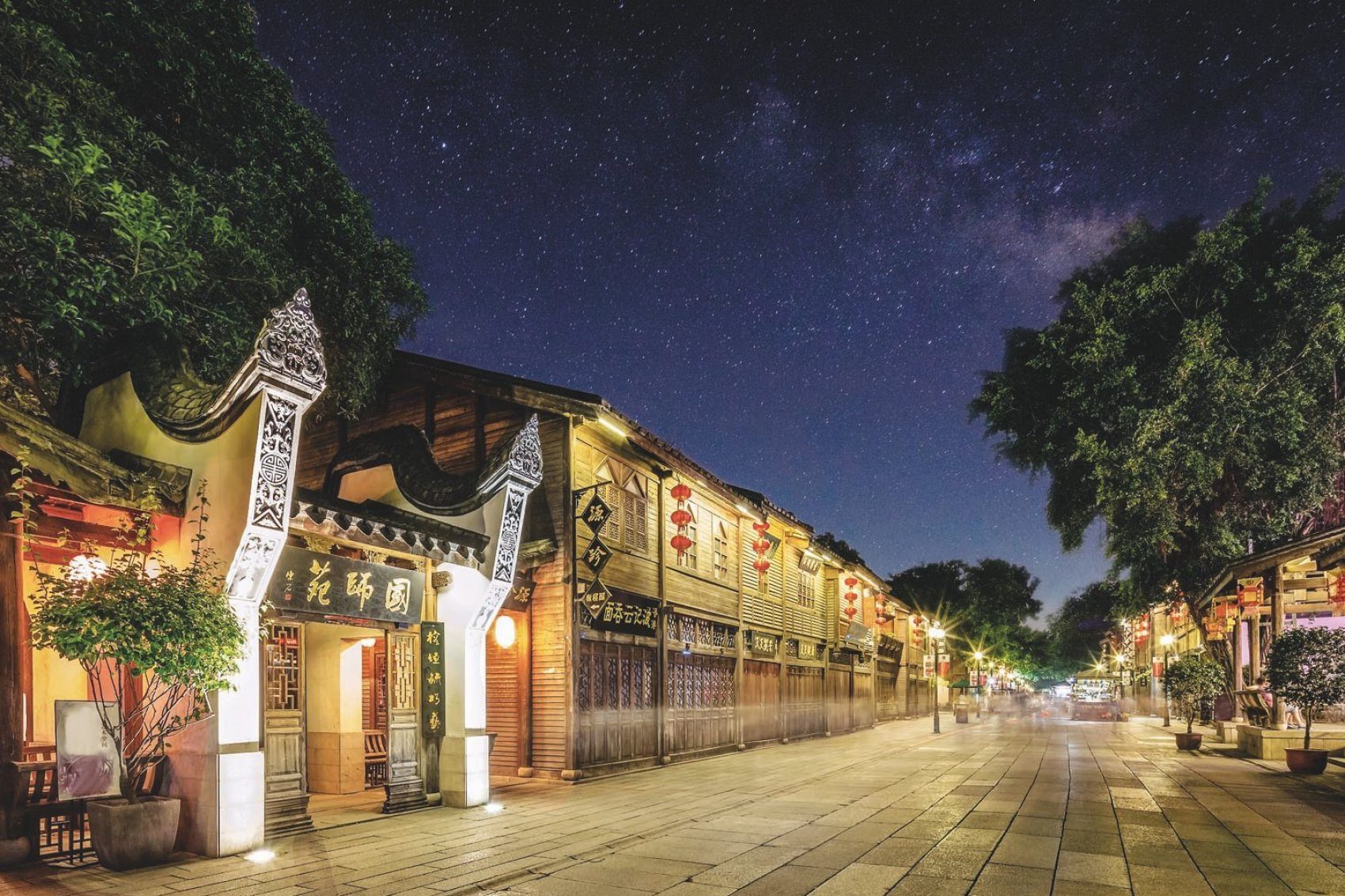
4. Fuzhou: For adventures in culture and nature
Up the coast from Xiamen lies Fuzhou, the capital of Fujian province and a city that shines with old-town charm. Its cultural centrepiece is Sanfang Qixiang (Three Lanes and Seven Alleys), a 38-hectare area of Ming and Qing dynasty-era buildings that were once home to the city’s elite. These heritage buildings now house cafes, boutiques, shops selling local snacks, and a marketplace showcasing products by young designers.
The city is also an ideal base for several day trips into China’s great outdoors. An hour’s drive from the city is Qingyun Mountain, a popular hiking spot that leads to the beautiful Qinglong (Green Dragon) Waterfall. Another photogenic spot is Xiapu, a small seaside county famed for its mudflats and seaweed farms.

5. Guangzhou: For a blend of past and future
Guangzhou has long been one of China’s major trading hubs and manufacturing centres. Today, the southern city of nearly 15 million is an innovation-driven metropolis playing a key role in the Greater Bay Area, a scheme which combines the Pearl River Delta into an integrated economic powerhouse.
But even as Guangzhou develops at breakneck speed with infrastructural upgrades, towering skyscrapers and big-name hotels, the city has plenty of worthwhile heritage sites. The Dongshankou area, which was an upper-class residential neighbourhood during the early 20th century, is now a hipster hangout featuring art spaces, boutiques, cafes, restaurants and bars housed in restored red-brick mansions.
The city is also the spiritual home of Cantonese cuisine, which means no getaway is complete without a classic dim sum meal. Order dumplings, buns and rolls of all shapes and sizes, washed down with your pick of tea.
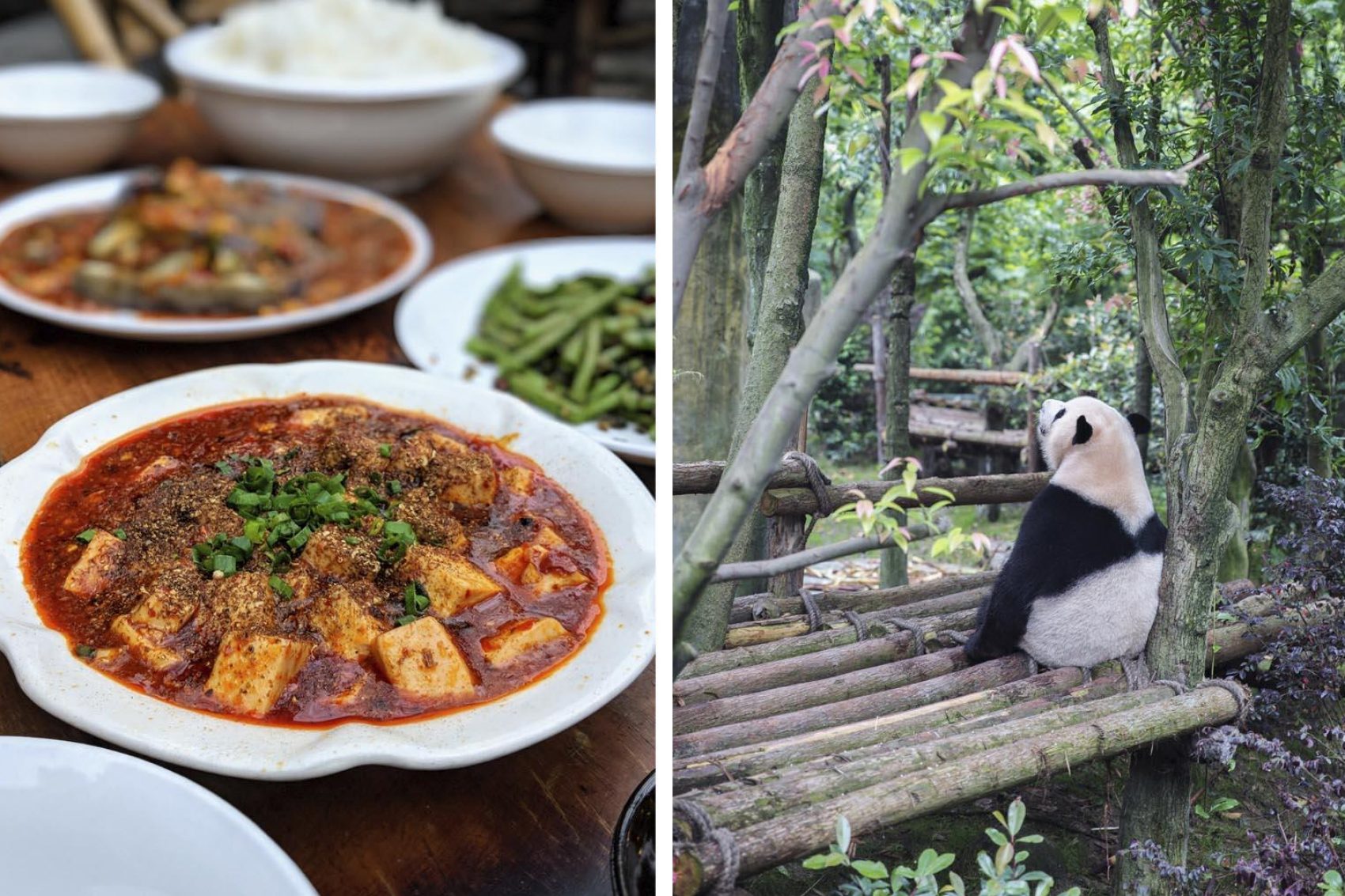
6. Chengdu: For cute pandas and spicy dishes
Chengdu is best known for giant pandas and spicy food, and with good reason. The Giant Panda Breeding Research Base , located just north of the city, is home to more than 100 of the gentle national treasures. And as the centre of Sichuan cuisine, Chengdu has been designated a Unesco City of Gastronomy. To best experience the fiery yet numbing flavours of this definitive Chinese cuisine, simply take to the streets of the city – you’ll quickly find the most authentic versions of humble Sichuan home-style dishes and snacks such as dandan noodles, mapo tofu and dumplings doused with chilli oil.
But it’s not all bears and spice. Chengdu boasts an energetic, up-and-coming creative scene. Drawn by the laid-back lifestyle, young artists and designers from around the country are converging in the city to set up studios, and international art galleries and fashion labels have also started to pay attention.
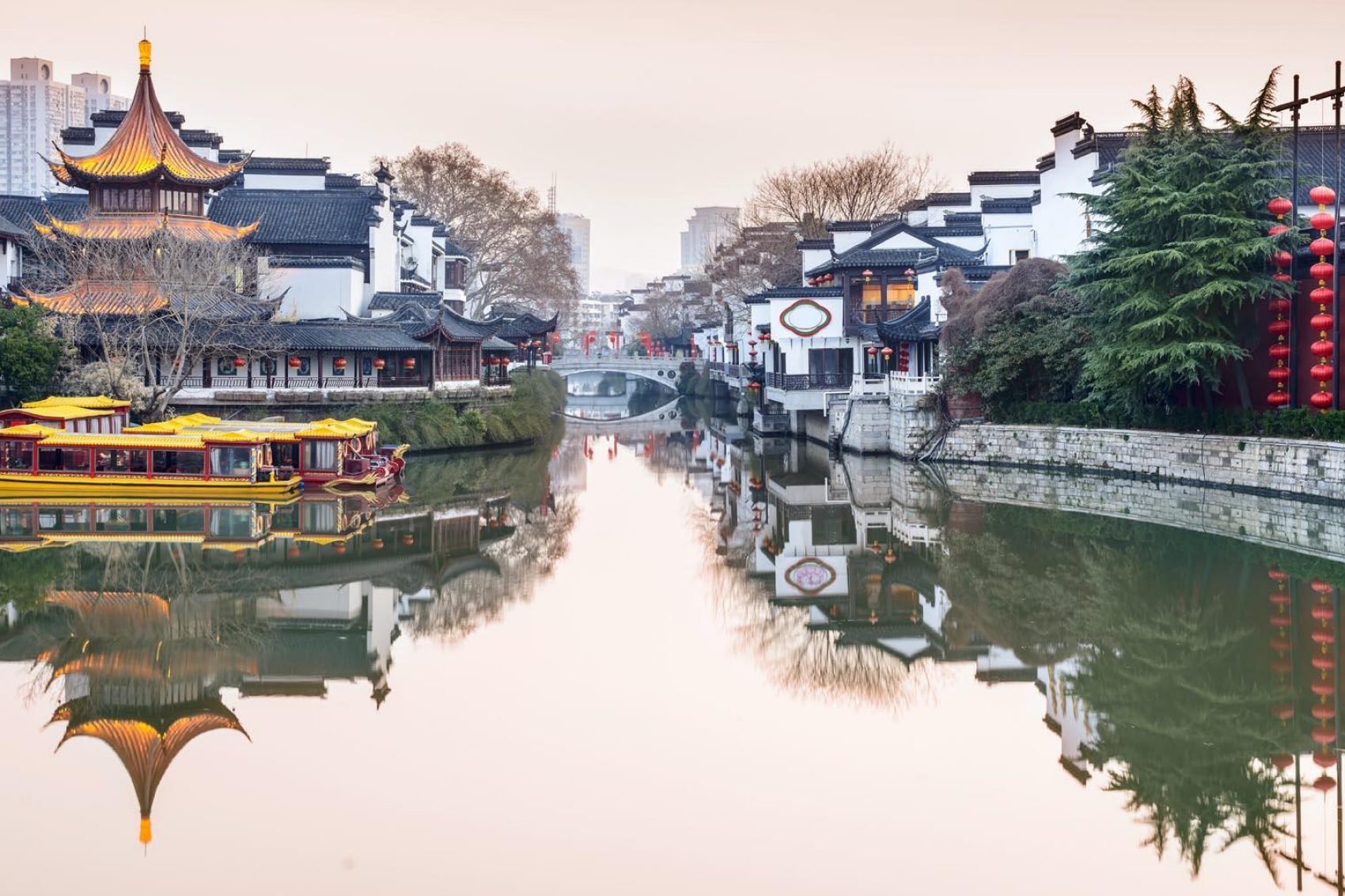
7. Nanjing: For glimpses of ancient history
Nanjing is one of China’s four ancient capitals, along with Beijing, Xi’an and Luoyang. It served as the centre of Chinese political power for six dynasties, and as a result the city is full of sites that will appeal to history buffs, from ancient walls to monuments such as Dr. Sun Yat-sen’s Mausoleum. There’s also the Unesco-listed Ming Xiaoling, the grand mausoleum of the Hongwu Emperor, who founded the Ming dynasty in 1368.
Set along the Qinhuai River in the city centre is Fuzimiao, or the Confucius Temple, which was originally built almost 1,000 years ago to worship the Chinese philosopher. It has evolved to include a complex of shops, restaurants and cafes in restored Ming and Qing dynasty-era buildings.
The historic city is now looking towards the future by focusing on development as a sustainable smart city, attracting enterprises in the tech and green energy sectors to Nanjing to set up research and development centres.
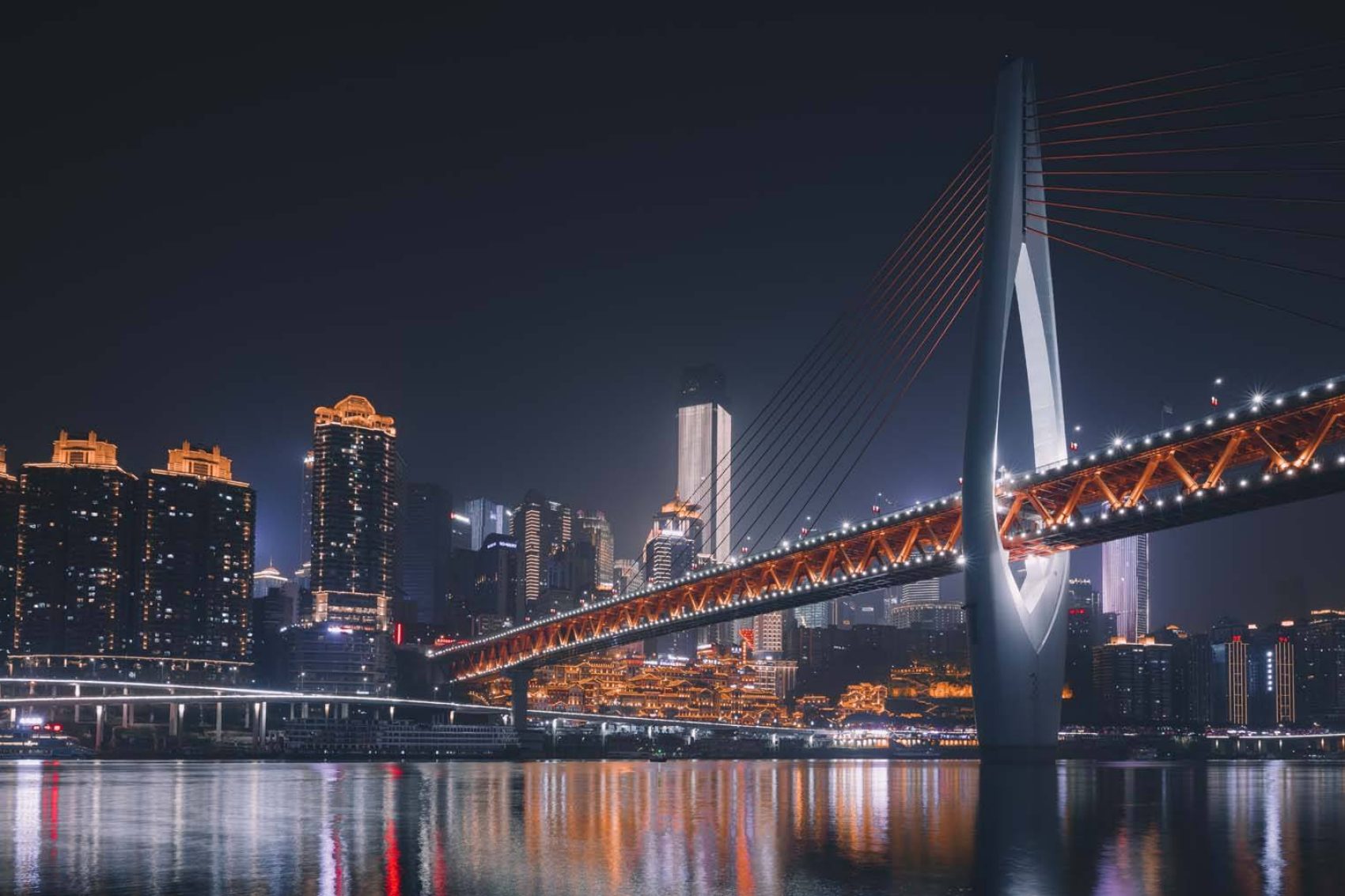
8. Chongqing: For fiery cuisine and a ghost town tour
A fast-growing economic centre and transportation hub for western China, the megacity of Chongqing has a population of over 30 million in an area the size of Austria. In recent years, a range of impressive high-rises have sprung up along the Yangtze and Jialing rivers, which converge on the city’s central business district. Also on the waterfront, one of the hilly megacity’s most popular attractions is Hongya Cave, the site of an ancient military fortress which has been transformed into an 11-storey shopping, dining and lifestyle complex.
Chongqing’s cuisine specialises in spice – make sure to order the sweat-inducing, palate-numbing Chongqing-style hot pot, hot and sour rice noodles and shuizhuyu, boiled fish swimming in a fiery broth of Sichuan chillies and peppercorns.
Find time to venture beyond the city centre with a two-hour drive or train ride along the Yangtze to Fengdu Ghost City. This complex of temples and shrines is a sort of Chinese mythological afterlife theme park.
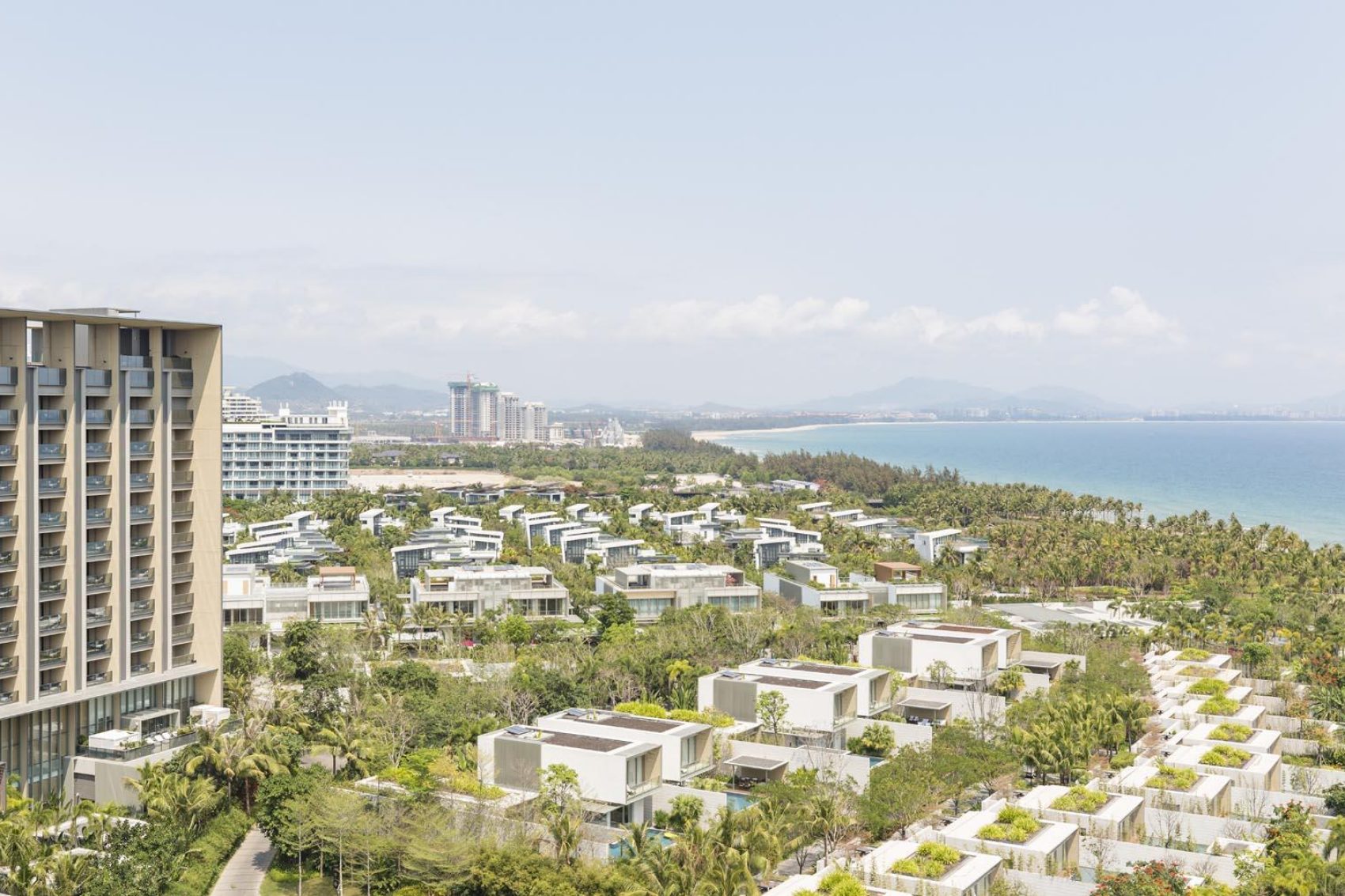
9. Sanya: For the ultimate beach holiday
The seaside city of Sanya sits on the southern end of Hainan Island, the ‘Hawaii of China’. It’s one of the popular places in China to visit year-round, thanks to the tropical climate, beautiful beaches, budding surfing scene and growing number of luxury hotels and resorts, from the MGM Grand and St. Regis in Yalong Bay to the Rosewood and The Edition in Haitang Bay. At the gigantic, 1,314-room Atlantis Sanya resort, guests can live the life aquatic by visiting the onsite water park and open-air aquarium, interacting with various sea animals or staying in one of five underwater suites.
A 90-minute car ride from Sanya takes you to Riyue (sun and moon) Bay – a popular hangout for surfers of all levels and the site of several international surf competitions. The area is also home to China’s national surfing team and academy, where young athletes train for the Olympic Games.
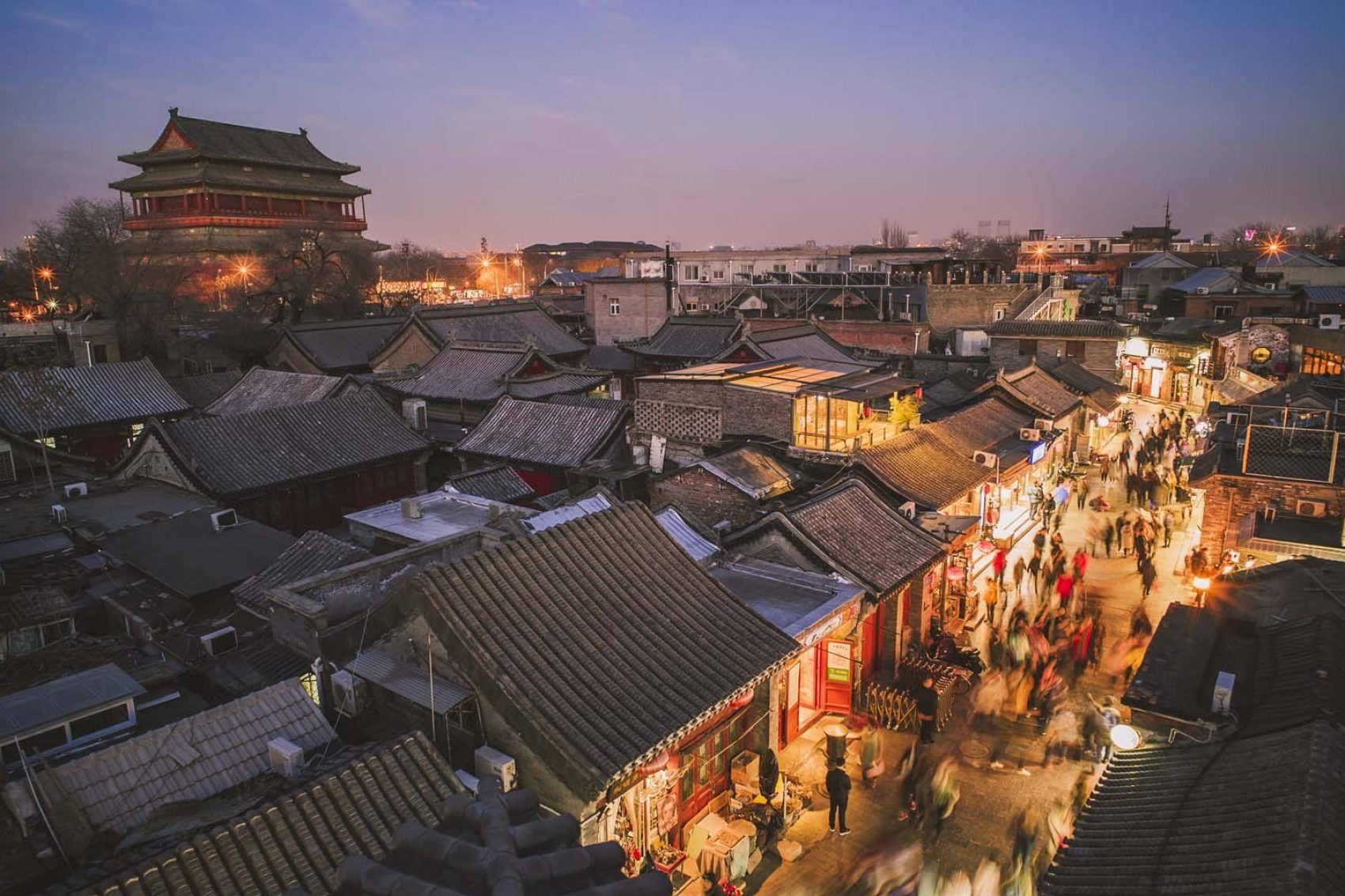
10. Beijing: For walks through Chinese imperial history
Beijing has served as the nation’s capital for most of the past seven centuries. The 600-year-old Forbidden City was the home of 24 Ming and Qing dynasty emperors and their families, and today the sprawling 72-hectare complex houses the Palace Museum, where millions come each year to see the impressively restored buildings, pavilions, gardens, artifacts and exhibitions.
For a more down-to-earth slice of history, explore the city’s remaining hutongs – narrow alleyways lined by grey-brick, traditional courtyard houses called siheyuan – for a glimpse of what life was like for Beijing residents centuries ago. Among the most popular hutongs in this urban maze are Nanluoguxiang, Dongsi and Wudaoying, where you’ll find some of the city’s hippest bars, restaurants, cafes and boutique hotels, hidden within restored buildings.
More inspiration
- China – the Chinese Mainland, Hong Kong SAR, Macao SAR and Taiwan Region
- Hong Kong SAR - English
- Chinese Mainland (China) - English
- Taiwan China - English
- 香港特別行政區 - 繁體中文
- 中国內地 - 简体中文
- 中國台灣 - 繁體中文
- Africa
- South Africa - English
- Asia
- Bangladesh - English
- Korea - English
- Singapore - English
- Cambodia - English
- 한국 - 한국어
- Sri Lanka - English
- India - English
- Malaysia - English
- Thailand - English
- Indonesia - English
- Maldives - English
- ประเทศไทย - ภาษาไทย
- Indonesia - Bahasa Indonesia
- Myanmar - English
- Vietnam - English
- Japan - English
- Nepal - English
- Việt Nam - tiếng Việt
- 日本 - 日本語
- Philippines - English
- Australasia
- Australia - English
- New Zealand - English
- Europe
- Belgium - English
- France - Français
- Россия - Русский
- Denmark - English
- Ireland - English
- Schweiz - Deutsch
- Deutschland - Deutsch
- Italia - Italiano
- United Kingdom - English
- España - Español
- Nederland - Nederlands
- Middle East
- Bahrain - English
- Saudi Arabia - English
- United Arab Emirates and Qatar - English
- Israel - English
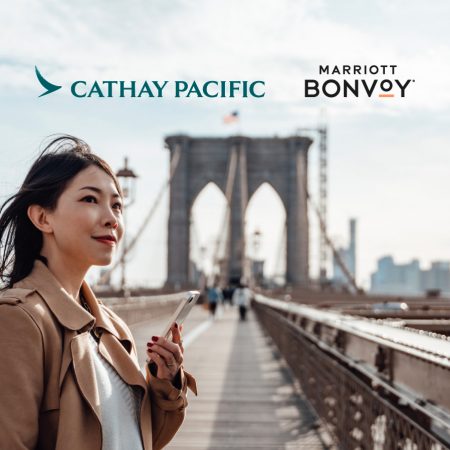
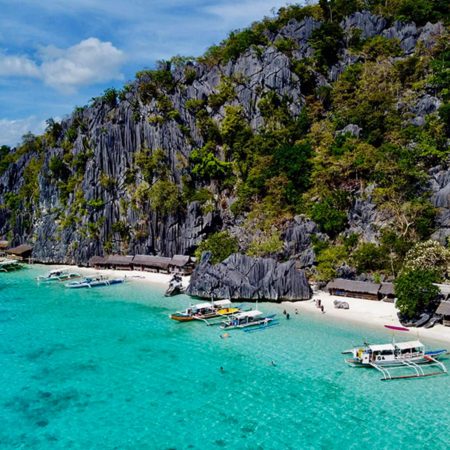



.renditionimage.450.450.jpg)

